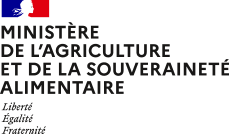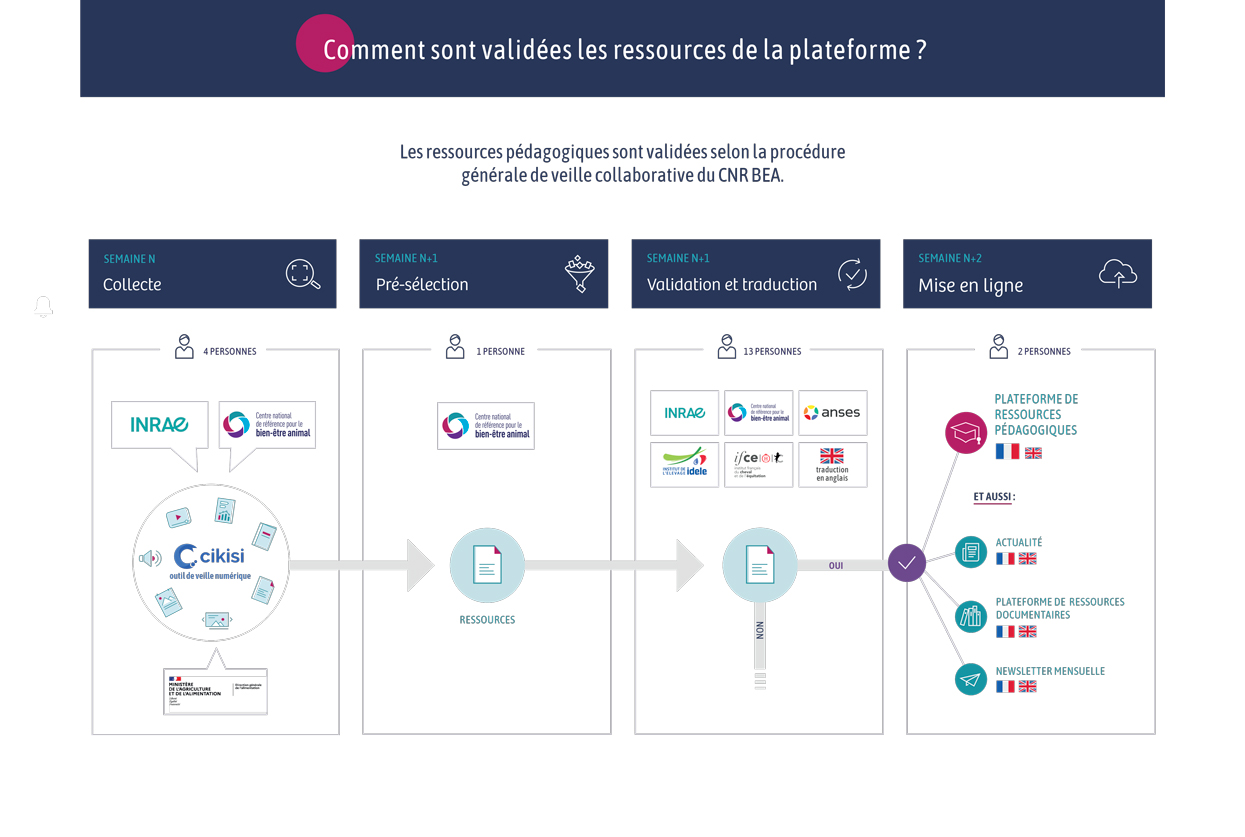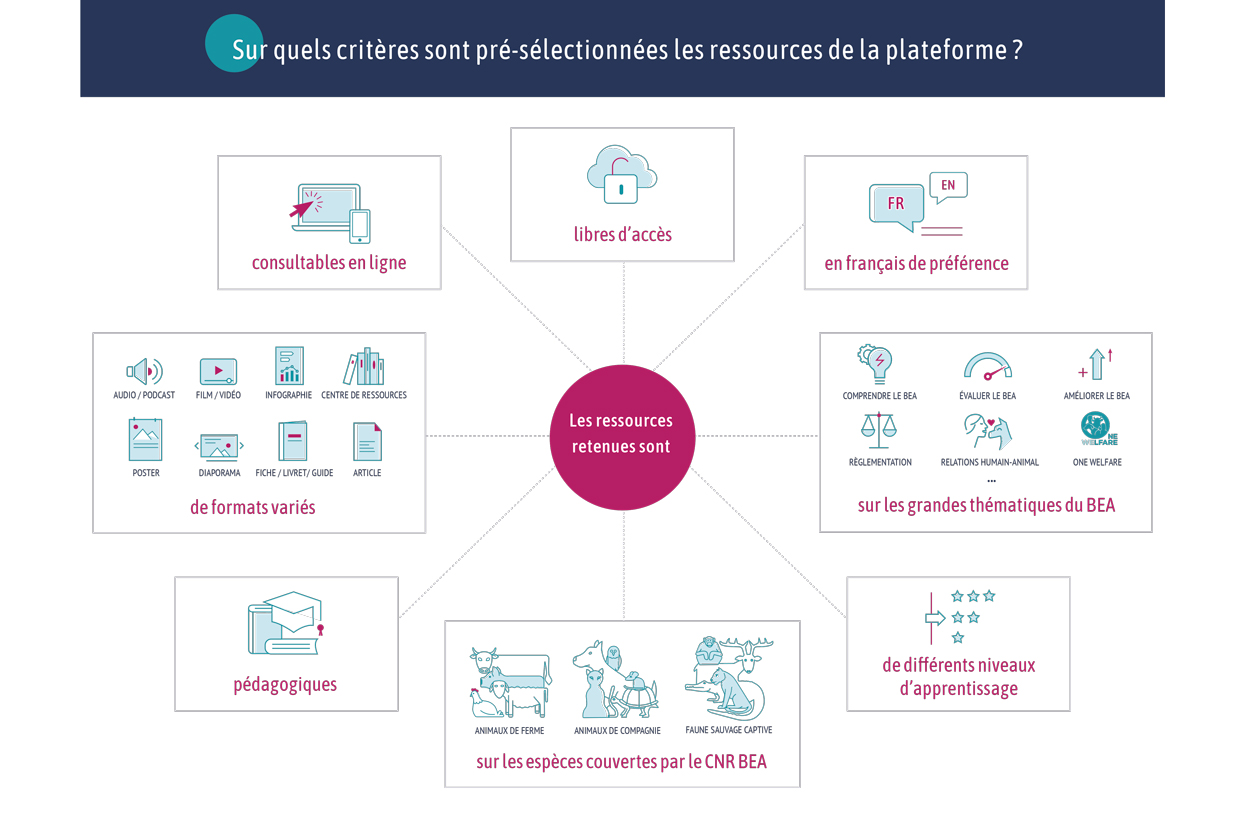Document type: answer to a question published in the Journal Officiel de la République Française
Authors: question: Mr Jean-Philippe Tanguy (Somme (4th district) - Rassemblement National). Answer: Ministry of Agriculture and Food Sovereignty.
Question: Mr. Jean-Philippe Tanguy would like to draw the attention of the Minister of Agriculture and Food Sovereignty to the issue of slaughtering provision, and in particular the development of on-farm slaughter. The question of slaughter is part of the livestock cycle, and cannot be ignored forever. On December 14, 2023, the European Commission finally authorized on-farm slaughter, extending this to sheep and goats at risk if transported. At a time when the number of abattoirs is in a continuing state of decline (there are 263 currently, compared with 1,700 in the 1960s), the development of new slaughtering methods is essential. The gradual removal of local abattoirs and their replacement by large industrial enterprises is forcing livestock farmers to travel long distances, forcing animals to travel across France to be slaughtered as the result of the specialization of some abattoirs, which are set up differently for different species. In response to the lack of local coverage, on-farm slaughter would meet economic and local needs by compensating for the decline in local abattoirs. Indeed, under such a system, animals need not be transported to abattoirs, but are slaughtered on the farm where they have been reared, thus preventing possible injury to the animals during transport. According to European Commission data, over 40% of journeys involving cattle, horses, goats and sheep living in the European Union last between 8 and 24 hours. It should be emphasized that the current slaughter process is a source of stress for the animal, caused by various factors such as the distance travelled, the change of environment, separation from the rest of the herd or repeated handling by strangers. While animals entering an abattoir are often exposed to health risks from inter-species contact or contact with animals of different origins, the development of on-farm slaughtering would make it possible to avoid, or at least control, these risks. Provided that it is carried out under the correct conditions, on-farm slaughtering will provide animals with a less stressful end to their lives. Reducing stress indirectly improves meat quality. Many farmers want to stay with their animals until their deaths and to control how they die, this being a need that is social, ethical and economic. It also gives them the ability to manage what happens to the carcass, and offers greater transparency concerning the conditions under which slaughter occurs. This method therefore allows farmers greater flexibility in their choice of animal slaughter, subject to its compliance with hygiene rules to guarantee food safety. Associations such as "Quand l'abattoir vient à la ferme" (When the abattoir comes to the farm) have sprung up, lending strong support to the introduction of a legal framework for mobile slaughter. Beyond the implications for farmers, this issue is also of interest to members of the public wishing to act responsibly in their consumption habits. However, it is essential that this system should be effective, and that it should be staffed by competent, regularly-trained personnel. Animal handling must be carried out calmly and with respect for the animal, which means in particular that stunning must be instantaneous and guaranteed. The development of on-farm slaughtering is crucial to meeting the challenges of the return to local economies and the establishment of small-scale livestock farming and local supply chains, while ensuring respect for animal welfare. He asks what the government intends to do to support the right to on-farm slaughtering, in order to take account of farmers' concerns.
Answer: The regulatory requirements applicable to the slaughter of animals, in terms of both health and animal protection, are covered by the current European bio-regulations package (in particular EC Regulation 853/2004, laying down specific hygiene rules for food of animal origin, and EC Regulation 1099/2009 on the protection of animals at the time of killing). The purpose of these regulations is to guarantee a very high level of food safety and animal protection throughout the European Union (EU), while avoiding distortions in the market. These regulations stipulate that the safe slaughter of animals whose meat is destined for food sales must be carried out in a professional setting, in an approved abattoir, where health checks are carried out on both live animals and the meat derived from them. As such, on-farm slaughtering by farmers themselves without any sanitary controls is forbidden, except for certain species in the context of personal consumption. The practice of on-farm slaughtering, as a means in particular to avoid the transport of animals and to encourage short distribution chains, was however brought before the European Commission by France in 2022, enabling the recognition of mobile abattoirs and mobile slaughter units [Delegated Regulation (EU) 2024/1141 of December 14, 2023 amending Annexes II and III of Regulation (EC) 853/2004 with regard to the specific hygiene requirements applicable to certain meat, fish, dairy and egg products]. The French authorities now support projects that comply with these regulatory requirements. In particular, the French government supported the "Ethical Beef" mobile abattoir project, subsidizing it via the France Relance stimulus package. While this first project failed to materialize, several others are currently under development, and four farm abattoirs have already been set up in 2024. A dozen farm-based abattoirs could be in operation by the end of 2025. Slaughtering is a free and competitive market activity, carried out for the most part by private operators, who have the main responsibility for ensuring compliance with regulations. There are currently 226 abattoirs in France, a fall of 16% over the last six years. Each time an abattoir closes, it affects geographical coverage and the possibility for livestock farmers to have their animals slaughtered close to their farms. In July 2023, the French Ministry of Agriculture launched a comprehensive action plan to consolidate the network of abattoirs to help the livestock industry and local communities. This four-pronged approach brings together professionals and and local government to create local area strategies. The details were provided in a press release on the abattoir strategy published on the website of the Ministry of Agriculture on December 7, 2023. Despite this, given the current state of the network, animal transport times to abattoirs in France remain in general moderate. A study carried out by the French Ministry of Agriculture, using 2022 data, shows that, for the beef industry, one in two animals is slaughtered within an hour and a half of where it has been reared, and only one in ten travels for more than four and a half hours to be slaughtered (Agreste, June 2023 no. 10).






